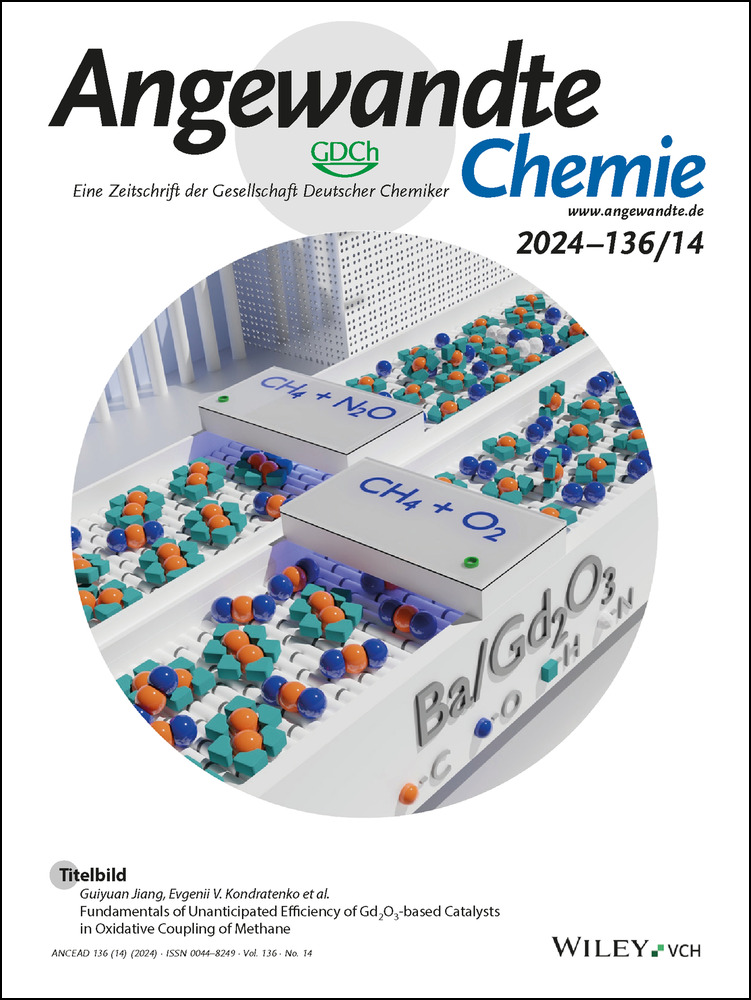Development of a Small Molecule Downmodulator for the Transcription Factor Brachyury
Abstract
Brachyury is an oncogenic transcription factor whose overexpression drives chordoma growth. The downmodulation of brachyury in chordoma cells has demonstrated therapeutic potential, however, as a transcription factor it is classically deemed “undruggable”. Given that direct pharmacological intervention against brachyury has proven difficult, attempts at intervention have instead targeted upstream kinases. Recently, afatinib, an FDA-approved kinase inhibitor, has been shown to modulate brachyury levels in multiple chordoma cell lines. Herein, we use afatinib as a lead to undertake a structure-based drug design approach, aided by mass-spectrometry and X-ray crystallography, to develop DHC-156, a small molecule that more selectively binds brachyury and downmodulates it as potently as afatinib. We eliminated kinase-inhibition from this novel scaffold while demonstrating that DHC-156 induces the post-translational downmodulation of brachyury that results in an irreversible impairment of chordoma tumor cell growth. In doing so, we demonstrate the feasibility of direct brachyury modulation, which may further be developed into more potent tool compounds and therapies.
Conflict of interests
The authors declare no competing financial interest.
Open Research
Data Availability Statement
The data that support the findings of this study are available from the corresponding author upon request.




